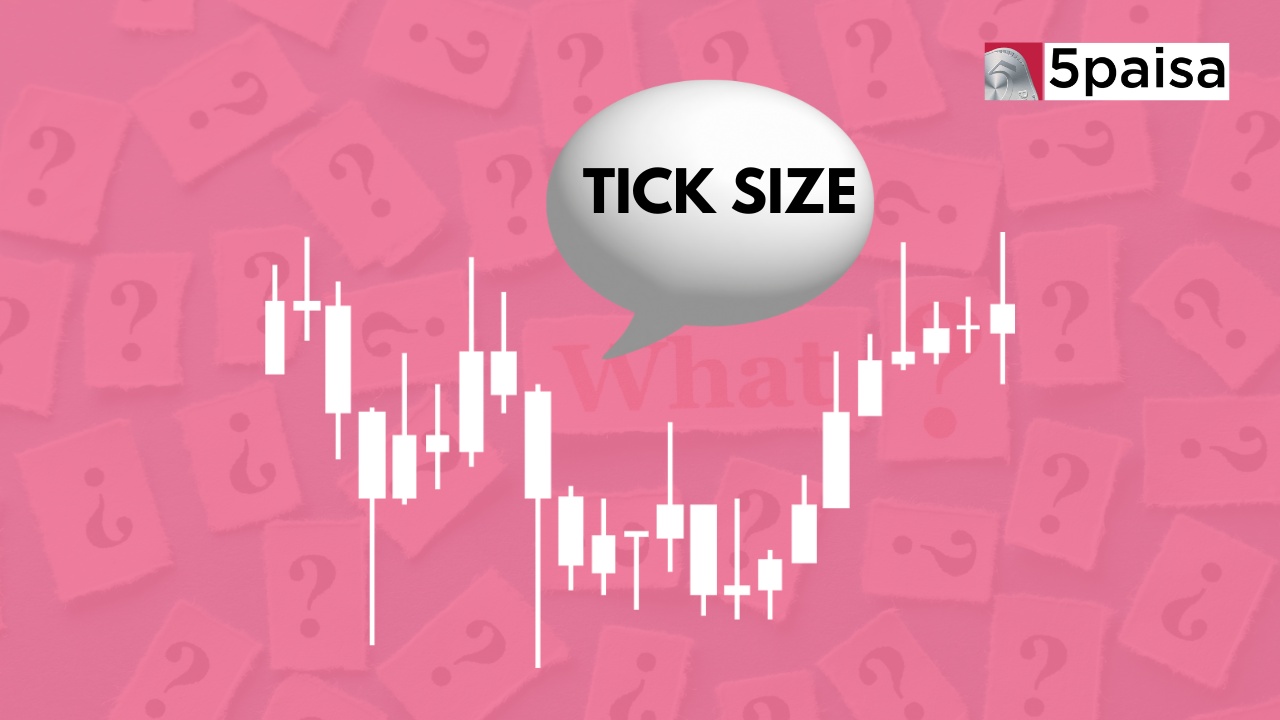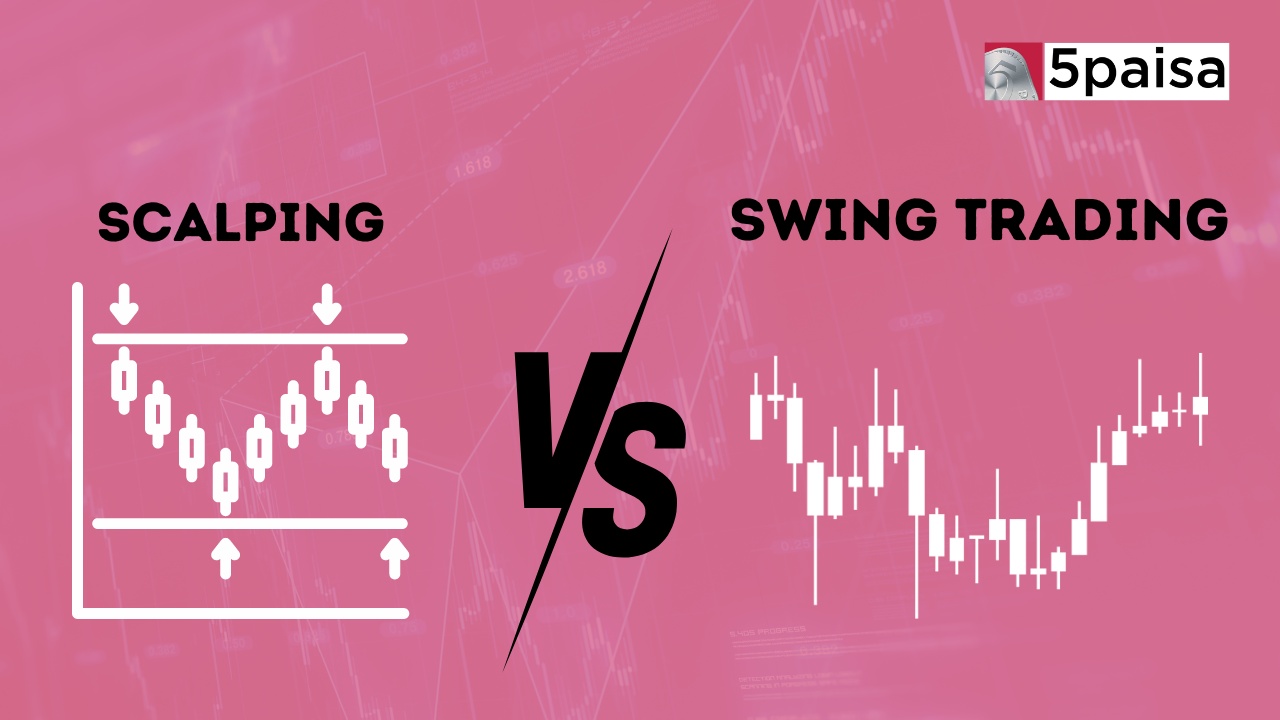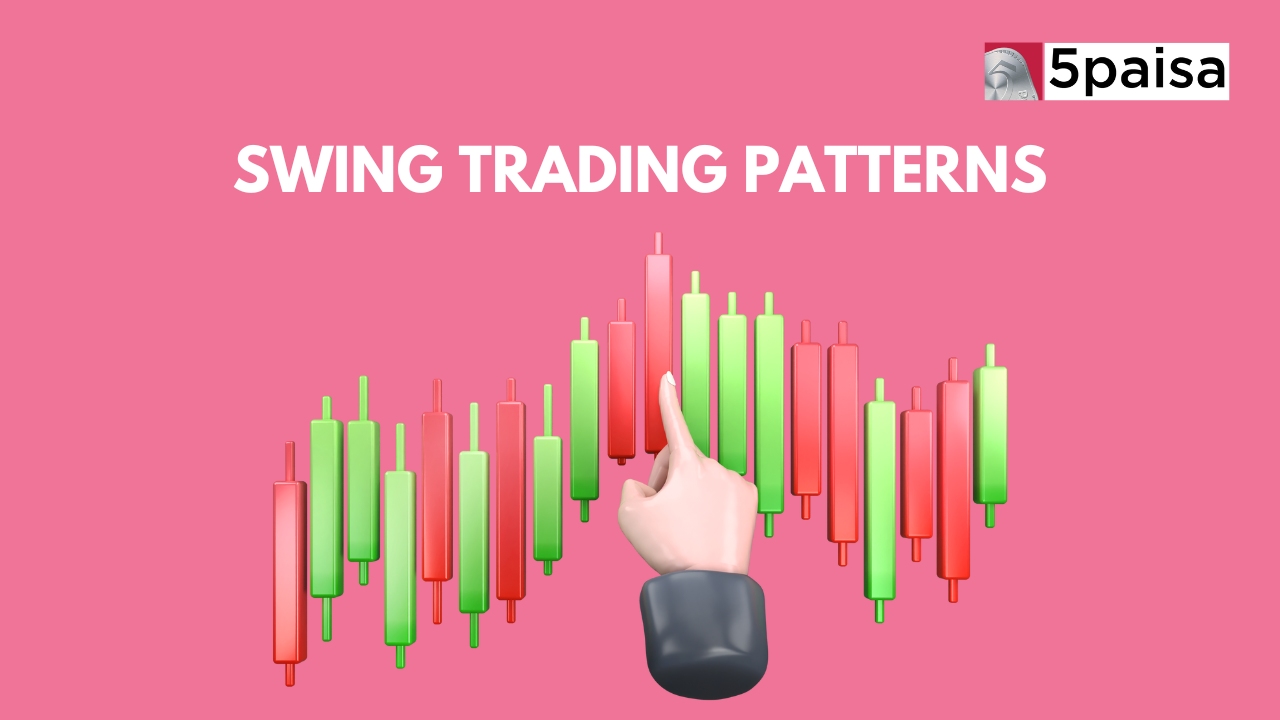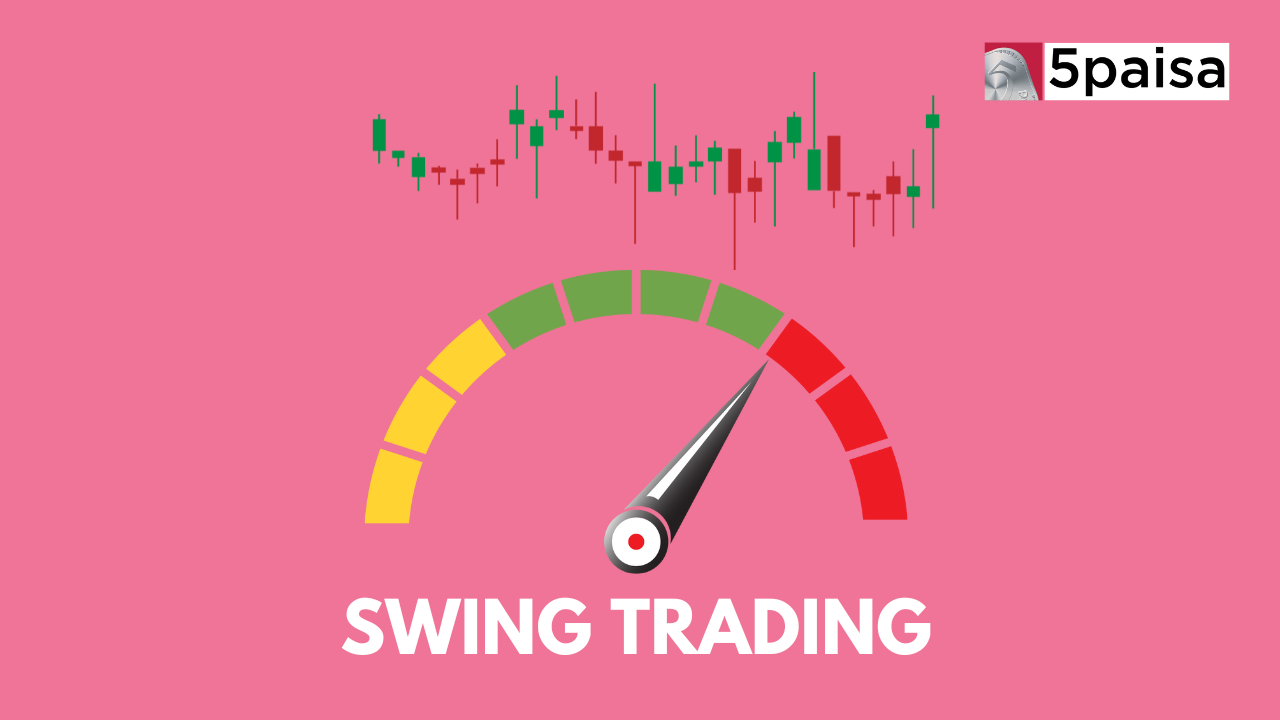What is Tick Size

Tick size is the smallest step a price can move in a market. In the US, it's usually in dollars or cents. For example, stocks might move in one cent increments. In India, it's in rupees and paisa. So, when you see a stock price change it's usually by at least one cent in the US or one paisa in India. Traders pay close attention to these tick movements because they can indicate changes in market sentiment and trading patterns.
How Is Tick Size Measured?
Back in the days before the 2000s US stock markets used fractions to express tick sizes. This meant that instead of moving in whole numbers like we do now stocks moved in fractions of a dollar. The most common fraction was one sixteenth which represented $0.0625. Some stocks even used smaller fractions like one eighth or one thirty second.
In 2005, Securities and Exchange Commission introduced a new rule called Rule 612 also known as the Sub Penny Rule. This rule required all stock prices to be expressed in decimals rather than fractions. So, instead of moving in fractions like one sixteenth stocks now moved in increments of one cent for most stocks priced over $1. For stocks priced under $1 the tick size became even smaller at $0.0001.
Nowadays all US exchanges follow this decimal system making it easier for investors to understand and trade stocks. However, SEC sometimes allows for larger tick sizes for less popular stocks.
In futures markets tick sizes vary depending on the instrument being traded. In the S&P 500 futures market which is a heavily traded market the tick size is 0.25. This means that the price moves in increments of 0.25 points. So, if the current price of a contract is $4,553.00 and someone wants to bid higher they'd have to bid at least $4,553.25.
What is Tick Trading?
Tick trading also known as tick based trading is a strategy where traders capitalize on the smallest price movements allowed by the tick size. They focus on these tiny fluctuations to make frequent and rapid trades. This strategy is especially common in markets with strict tick size regulations such as the Indian stock market overseen by the Securities and Exchange Board of India. In tick trading traders aim to profit from the incremental changes in price dictated by the tick size often executing a large number of trades throughout the trading day to accumulate profits based on these small movements.
How Does a Tick Trading Work?
Different types of investments have different tick sizes which are the minimum increments by which their prices can change. Emini S&P 500 futures contract has a tick size of $0.25 while gold futures have a tick size of $0.10.
This means that if the price of an Emini S&P 500 futures contract is $20 it can only move up or down by increments of $0.25. So, it could move from $20 to $20.25 but it couldn't move from $20 to $20.10 because $0.10 is smaller than the minimum tick size.
In 2015, Securities and Exchange Commission approved a pilot program to widen the tick sizes of about 1,200 small cap stocks. These were companies with market capitalization levels around $3 billion and trading volumes below one million shares daily on average. The purpose of the pilot was to study how increasing tick sizes might affect trading in these stocks and their overall liquidity.
The pilot program started in October 2016 and lasted for two years. It was part of ongoing research into ways to improve trading conditions for smaller companies in the stock market.
Components of Tick Trading
1. Tick size as a unit of measurement: In tick trading traders use the tick size as their basic unit of measurement. They watch how prices move in these tiny increments and try to make money from these small changes.
2. Precision and speed: Tick traders work quickly and accurately. They make lots of trades in a short time. They aim to catch small, fast changes in the market that others might miss because they're focused on longer term strategies.
3. Scalping opportunities: Tick traders often use a strategy called scalping. They try to make fast profits by taking advantage of the difference between the buying and selling prices and the tick size. They might buy at one price and sell at another all in a short time.
4. Algorithmic and high frequency trading: Nowadays tick trading often involves using computer programs and high speed trading. These programs can make lots of trades very quickly following set rules. They take advantage of small differences in prices to make profits.
Dependency of Tick Trading on Tick Size
1. Precision in decision making: Tick traders make quick decisions based on the precise value represented by each tick. They enter and exit positions accordingly.
2. Setting profit targets and stoploss: It is crucial for determining profit and stop loss levels. Traders set these levels according to the tick size to ensure their gains and losses.
3. Quantifying returns and risks: Traders measure their returns and risks based on the tick size. It helps them understand how profitable each trade can be and maintain a risk reward ratio.
4. Adaptability to market conditions: Tick trading strategies can adapt to different market conditions because they rely on the tick size. In volatile markets traders use the tick size to navigate rapid price changes while in calmer markets it helps capture smaller fluctuations within a structured framework.
Characteristics of Tick size
1. Fixed Incremental Movements: Tick size is the smallest price change allowed in a market. It gives a precise way to measure how prices change.
2. Varied Across Instruments: Differs for different financial stuff like stocks, futures and forex. Each market has its own tick size rules.
3. Regulated by Authorities: Governments and SEBI set the tick sizes.
4. Affects Market Liquidity: Tick size affects how easy it is to buy and sell stuff in the market. Smaller tick sizes usually mean more trading options, but being too small can mess up the market.
5. Changes Sometimes Happen: Authorities might change tick sizes to fit the changing market.
6. Psychological Impact: Tick size can affect how people feel about the market. If a stock moves a tick it might make people want to buy or sell. Understanding this helps traders predict what might happen in the market.
Conclusion
Understanding tick size is crucial in trading because it helps traders in several ways. It shows the smallest price changes helping traders make precise decisions and manage risks better. Tick size also tells traders how easy it is to buy or sell an asset without moving its price too much and helps them adjust their strategies based on market volatility. It helps traders estimate transaction costs and ensures everyone follows the same rules set by regulators like SEBI in India. knowing about tick size makes traders more effective in navigating financial markets.
Disclaimer: Investment/Trading in securities Market is subject to market risk, past performance is not a guarantee of future performance. The risk of loss in trading and investment in Securities markets including Equites and Derivatives can be substantial.
 Ruchit Jain
Ruchit Jain Sachin Gupta
Sachin Gupta Tanushree Jaiswal
Tanushree Jaiswal



